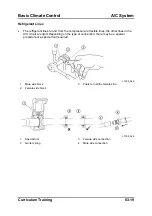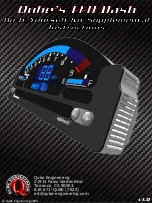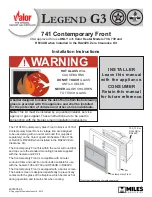
Basic Climate Control
A/C System
•
This warmer refrigerant will transmit its heat through the heat-conducting element on to
the refrigerant in turn causing the reference pressure to increase. This pressure will push
on the ball valve, making the opening larger, and allowing more refrigerant to travel to
the evaporator. Now there is more refrigerant in the evaporator to absorb heat, and the
refrigerant temperature will decrease. Then the process continues.
Expansion Valve
L1005_011
1 Diaphragm
8 Spring
force
2
Reference chamber filled with
9
Ball valve
refrigerant
10 Spring
3
Reference pressure
11
Liquid refrigerant to evaporator
4
Heat-conducting element
(low pressure)
5
Rod
12
Gaseous refrigerant from evaporator
6
Gaseous refrigerant to compressor
13
Evaporator discharge pressure
7
Liquid refrigerant from condenser
(high
pressure)
Curriculum Training
03-15
Summary of Contents for CT-L1005
Page 1: ...Training Manual Basic Climate Control CT L1005...
Page 20: ...Fundamentals Basic Climate Control Notes 02 14 Curriculum Training...
Page 52: ...A C System Basic Climate Control Notes 03 32 Curriculum Training...
Page 66: ...List of Abbreviations Basic Climate Control Notes 06 2 Curriculum Training...
















































